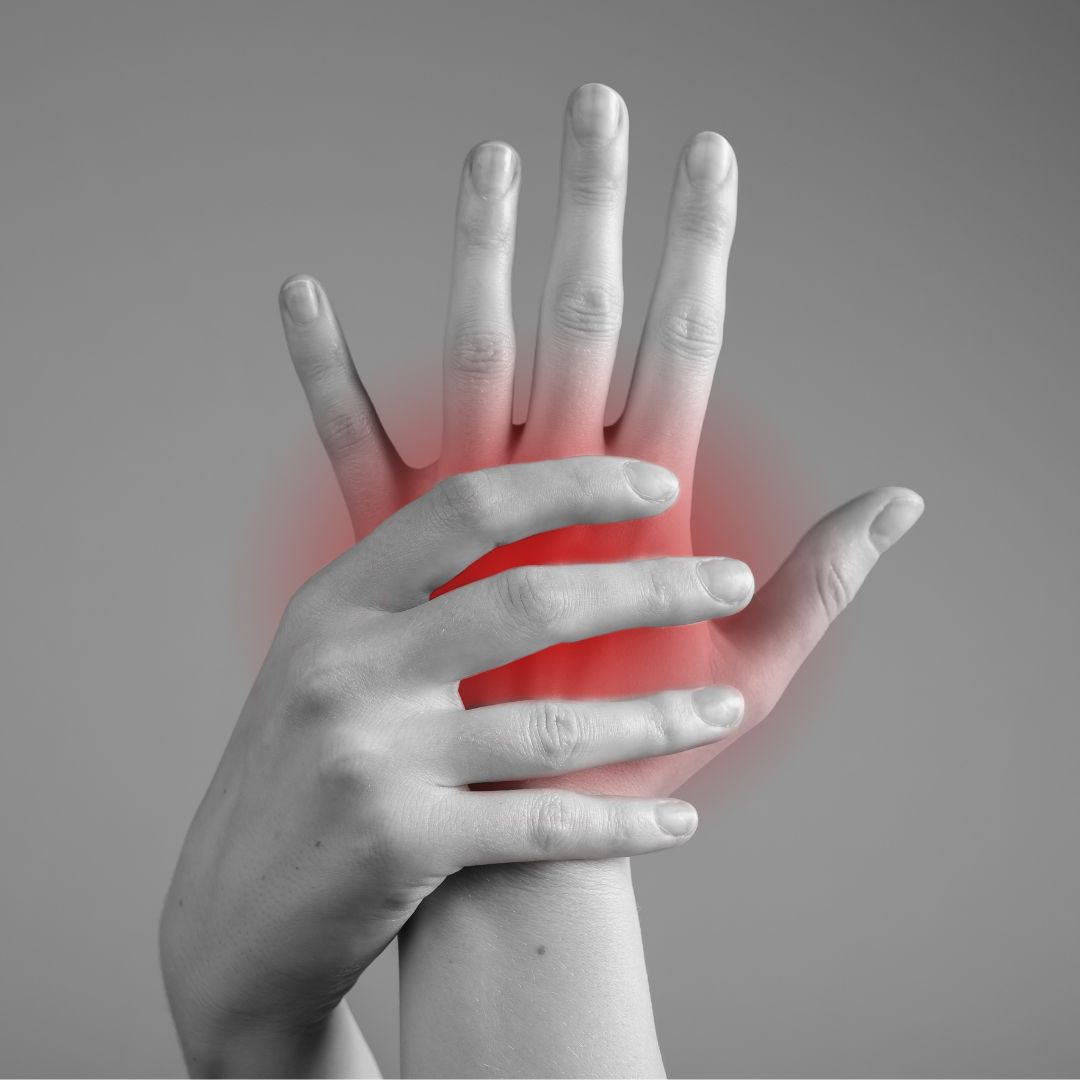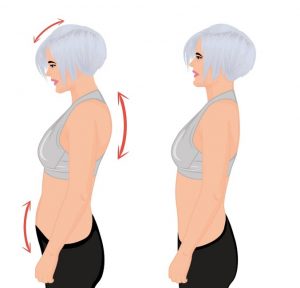When Your Hands Demand Relief from an Osteopath's Touch
This Body@Boronia blog focuses on Carpal Tunnel Syndrome, what it is, and what we as your trusted osteopaths can do to help treat it.
If you are experiencing tingling, numbness, or pain in your hands and wrists, you might be experiencing a bothersome condition known as Carpal Tunnel Syndrome or CTS for short.
This condition is commonly triggered by such activities as long hours typing at a keyboard, using power tools, or engaging in repetitive hand movements . CTS can seriously impact your daily life however, the following information will help you understand what the condition is, and how to alleviate it.
Understanding Carpal Tunnel Syndrome
Imagine your wrist as a busy highway, bustling with nerves, tendons, and blood vessels, all passing through a narrow tunnel. This (carpal) tunnel is formed by bones, ligaments, and connective tissue. Within this confined space, the median nerve, responsible for providing sensation and controlling certain muscles in your hand, can become compressed or irritated leading to carpal tunnel syndrome.
Understanding the terminology around this condition is helpful, so here are some of the key words relating to CTS:
Ligament and Tendon Tales:
Introducing the transverse carpal ligament —the bodyguard of the carpal tunnel. For people with Carpel Tunnel Syndrome, this ligament may become thickened, or may lose its stretchiness. This narrowing of the tunnel puts pressure on the median nerve, which in turn can be the symptoms of CTS.
Changes In The Median Nerve:
In a perfectly functioning wrist, the median nerve glides effortlessly within the carpal tunnel. But with CTS, the nerve can get stuck due to changes in the surrounding tissues, you could liken this to the annoying situation of a stuck zipper! This restricted nerve movement only adds fuel to the CTS fire.
Carpel Tunnel Inflammation:
Inflammation is the not-so-welcome side effect or impact of having CTS. When things get swollen in an already narrow tunnel, the space inside the tunnel gets even tighter. And the more pressure on your median nerve means more discomfort for you.
What Causes Carpal Tunnel Syndrome?
Here are a few of the most common causes:
- Repetitive Hand Movements: Engaging in repetitive tasks that involve forceful or prolonged hand movements, such as typing, assembly line work, or playing musical instruments, can increase the risk of developing CTS.
- Wrist Alignment: Certain anatomical factors, such as a naturally smaller carpal tunnel or an altered wrist alignment due to injury or arthritis, can make the median nerve more susceptible to compression.
- Hormonal Changes: Hormonal fluctuations, particularly during pregnancy or menopause, can cause swelling and fluid retention, which may contribute to the development of CTS.
- Medical Conditions: Certain underlying medical conditions like diabetes, rheumatoid arthritis, thyroid disorders, or obesity can increase the likelihood of experiencing carpal tunnel syndrome.
The osteopaths at Body@Boronia in Melbourne’s eastern suburbs will help you get to the bottom of your CTS condition.
Call to make an appointment on 03 9762 9445 or head over to our website Body@Boronia-BOOK NOW.
Osteopathy and Carpal Tunnel Syndrome
We hope the information above on CTS helps you understand the condition and its causes a bit better, the following are ways we can help you:
Manual Therapy Techniques:
Osteopaths employ a variety of manual therapy techniques to address the underlying causes of carpal tunnel syndrome. They may use gentle manipulations, joint mobilisations, or soft tissue techniques to reduce restrictions in the wrist, hand, forearm, and surrounding areas. By restoring proper alignment and enhancing blood flow, these techniques aim to alleviate pressure on the median nerve and reduce inflammation.
Exercise Prescription:
In addition to hands-on treatments, your osteopath may prescribe specific exercises to strengthen the muscles in your hands, wrists, and forearms, promoting stability and support for the carpal tunnel. Additionally, stretching exercises may be prescribed to improve flexibility and alleviate tension in the surrounding structures. Both the stretches and the strengthening exercises will enhance circulation to the area, which brings its own healing. Your osteopath will guide you through proper technique and advise on the frequency and duration of the exercises.
Ergonomic and Lifestyle Advice:
To address the root causes of carpal tunnel syndrome, the osteopaths here at the clinic will also provide valuable guidance on ergonomic modifications and lifestyle adjustments. They may recommend optimising your work or home environment by using ergonomic keyboards, wrist supports, or adjusting the height of your chair and desk. They might recommend modifications to the tools you use. These adjustments will help prevent future flare-ups, so we hope you make them permanent even after symptoms subside.
Your hands are incredible instruments, capable of so much. So, don’t let carpal tunnel syndrome hold you back. Call us on 03 9762 9445 to make an appointment with one of the osteopaths at Body@Boronia today for Carpal Tunnel Syndrome or any other aches or injuries you may have. We’ll work with you to get you feeling and moving better.
If you’ve found this interesting why not follow us on Facebook or Instagram for more handy tips and updates.
References:
- Physiopedia (ND) Clinical Biomechanics of Carpal Tunnel Syndrome. [Online] Available at https://www.physio-pedia.com/Clinical_Biomechanics_of_Carpal_Tunnel_Syndrome. Accessed of 29/06/2023.





